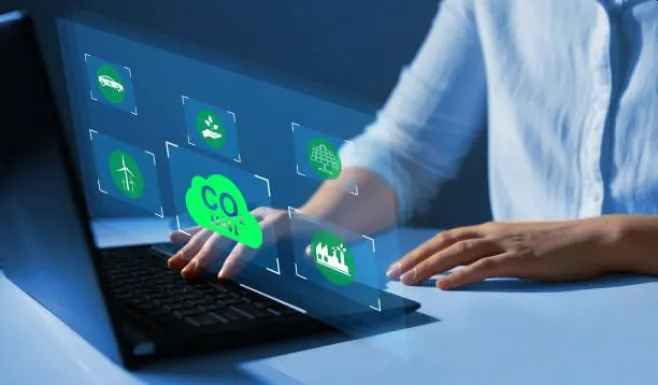Cristina Castro tells how technology makes our lives easier and is key to protecting the environment

Although the relationship between technology and development has been a constant and one term is quickly associated with another, the same does not happen when we compare technology and sustainability.
Technology has served to make our lives easier, but it has also been key to protecting the environment . The management of water and sanitation, new renewable energies that have replaced others with greater environmental impact, new digital ways of communicating… have a significant technological base.
And that is why I would like to collect here some of the technological advances in recent years that have made sustainable living more viable than ever.
The IoT or the internet of things
This concept refers to the possibility of interconnecting devices that interact with us daily. This allows for improved energy savings, for example, since using thermostats and sensors I can disconnect lights and building conditioning systems when they are not necessary. And I can do this using an application on my smartphone, which allows me to control several devices simply by pressing a button.
In terms of communication, the IoT allows us to connect our decisions with groups of people with the same interest as us in certain areas. An example is the applications for the use of shared cars, instead of being able to do it with the closest people, who perhaps do not have that same need, I can open it to a much larger group with the interest that I am looking for.
Energy efficiency
Increasing energy efficiency is of vital importance in the fight against climate change. Some of the important milestones of technology in this sense have been the ability to store energy in batteries, which facilitates the viability of fickle renewable energies, or the progress of different propulsion systems for transportation, not based on fossil fuels ( such as hydrogen systems).
Agrotechnology or precision agriculture
It is the use of technology to ensure that agricultural practices are carried out with the fewest resources possible, increasing the quality and yields of crops, and generating less waste. Sensors and computer applications to monitor cultivation processes and manage the necessary resources (for example, water). Satellites and drones to generate a large amount of information (big data) to harvest or sow.
Electric mobility
It is one that uses electric motors to achieve locomotion. Currently this type of mobility already offers solutions in cars, bicycles, motorcycles and heavy transport vehicles. Increasingly reaching greater travel distances.
This type of mobility is here to stay and will mark the future of more sustainable transport.
The circular economy
It is a system that, with the help of the best available technology, allows resources to be reused and products to be designed for reuse at the end of their life cycle. When resources and goods are re-entered into the system, rather than being discarded, production costs can be saved and waste significantly reduced.








